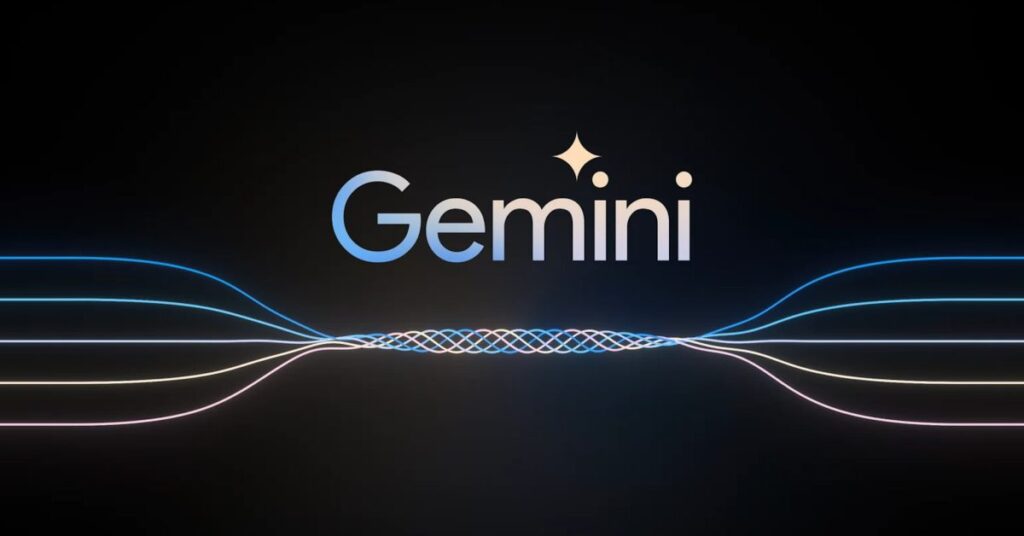The rapidly evolving landscape of artificial intelligence (AI) is reshaping how companies leverage technology to enhance their operational efficiency and customer engagement. Recent developments involving Apple and Google’s AI capabilities provide a pertinent case study for small to medium-sized business (SMB) leaders and automation specialists. This analysis focuses on the implications of these developments and offers a comparative perspective on available AI and automation platforms, highlighting strengths, weaknesses, costs, return on investment (ROI), and scalability.
Apple is reportedly exploring partnerships with various AI companies to revamp its Siri assistant, examining options like OpenAI, Anthropic, and Google’s Gemini. Understanding these tools requires a comprehensive analysis of their respective strengths and weaknesses. OpenAI’s language models, particularly their flagship GPT, offer extensive capabilities in natural language processing, making them suitable for applications ranging from customer service automation to content creation. They excel in generating human-like responses and understanding context, positioning them as a versatile solution for businesses looking to enhance customer interaction.
On the other hand, Anthropic has carved out a niche with its Claude AI models, focusing on safety and alignment with user intention. This emphasis on responsible AI has attracted attention from organizations prioritizing ethical considerations in technology. Anthropic’s solutions may come at a higher price point than OpenAI, which could be a factor for SMBs with limited budgets. However, the potential ROI from utilizing a model that actively mitigates risks can be considerable, particularly in sectors where compliance and data security are paramount.
In contrast, Google’s Gemini, designed to compete directly with ChatGPT, is already integrated into various platforms, including Android and third-party applications. Its infrastructure supports a robust framework for application development, which may provide SMBs with faster implementation timelines and lower initial costs. Yet, the reliance on Google’s ecosystem may pose challenges for those wishing to maintain a diversified tech stack.
When comparing automation platforms such as Make and Zapier, the analysis shifts towards functionality and ease of use. Make offers a visual interface and a focus on workflow automation, which can simplify complex integrations. However, its learning curve might be steeper for those not familiar with automation principles. Zapier, known for its user-friendly design, provides extensive integrations, making it ideal for SMBs looking to quickly implement solutions without an extensive tech background. Each platform has its trade-offs; while Zapier may offer ease of access, Make could deliver deeper and more customizable automation capabilities.
From a cost perspective, businesses need to carefully assess the total cost of ownership (TCO) of these AI and automation tools. The initial investment can vary significantly depending on the plan selected and additional expenses such as training and support. SMBs must conduct a thorough cost-benefit analysis to determine the long-term ROI of adopting one platform over another. Factors like increased efficiency, improved customer satisfaction, and data-driven decision-making should factor into ROI calculations.
Scalability also plays a crucial role in the decision-making process. As businesses grow, their tools must be able to adapt and expand accordingly. Solutions such as OpenAI and Anthropic may offer sustainable growth via API integrations, whereas Gemini’s existing infrastructure can facilitate smooth interactions across Google’s services. Make and Zapier may provide different levels of scalability; Make’s flexibility might serve larger enterprises better, while Zapier’s simplicity might appeal more to SMBs that prioritize rapid deployment.
As this competitive landscape continues to evolve, SMB leaders and automation specialists must remain agile in their decision-making process, constantly reassessing their technology stack in light of new offerings and partnerships. Staying informed about AI advancements and automation tools will empower businesses to select solutions that align with their strategic objectives, optimize operational processes, and improve customer experiences.
Ultimately, the recommendation for SMB leaders is to adopt a tailored approach when evaluating AI and automation platforms. A comparative framework that considers specific operational needs, usage scenarios, and financial constraints will enable informed decision-making. Balancing immediate implementation needs with future growth strategies will lead to sustainable gains in efficiency and performance.
In conclusion, as AI and automation technologies continue to advance, organizations must navigate the complexities of integrating these solutions into their operations strategically. By carrying out thorough analyses of available platforms and weighing the long-term implications of each option, businesses can make decisions that not only enhance productivity but also foster innovation.
FlowMind AI Insight: The key to leveraging AI and automation lies in a balanced evaluation of capabilities, costs, and scalability. By taking a strategic approach, SMBs can position themselves to thrive in an increasingly automated future.

